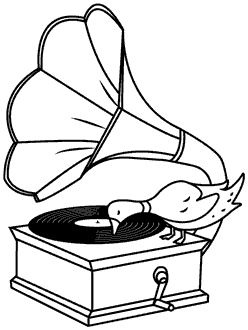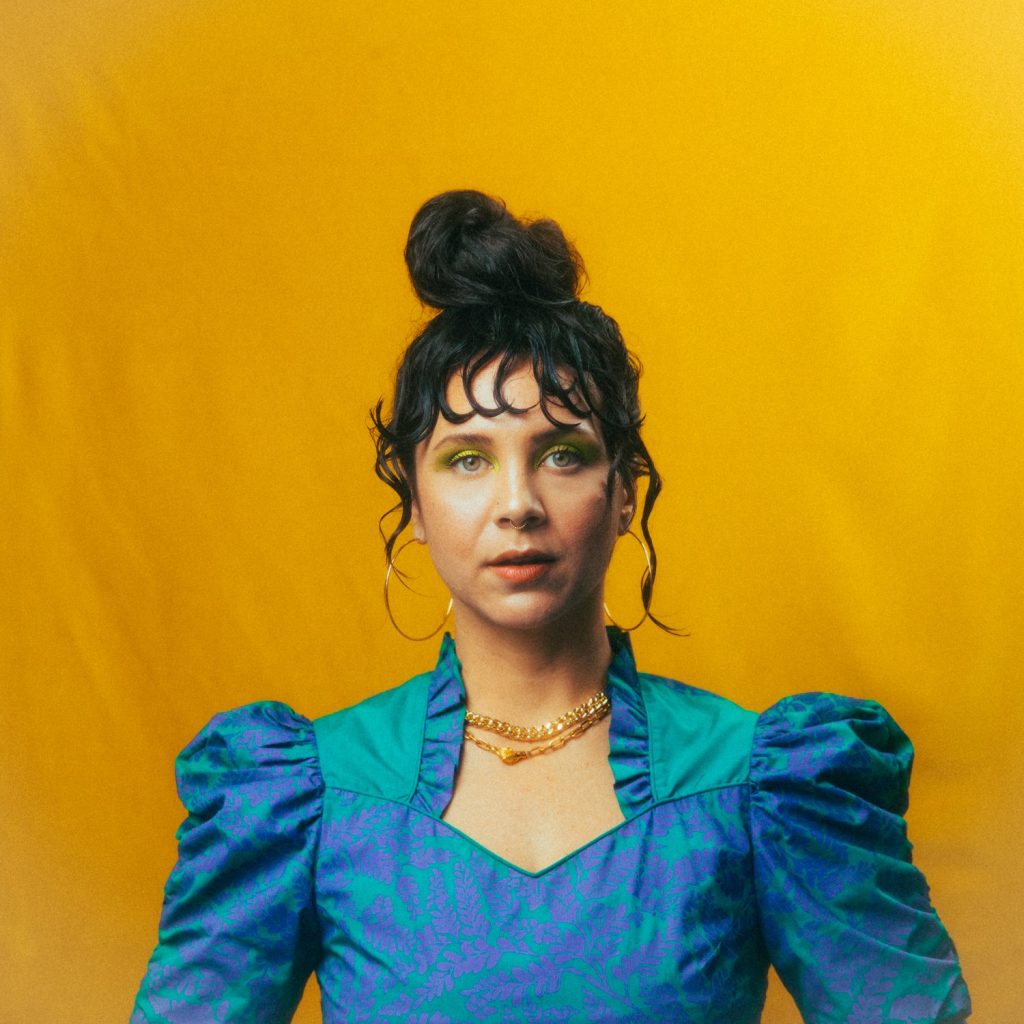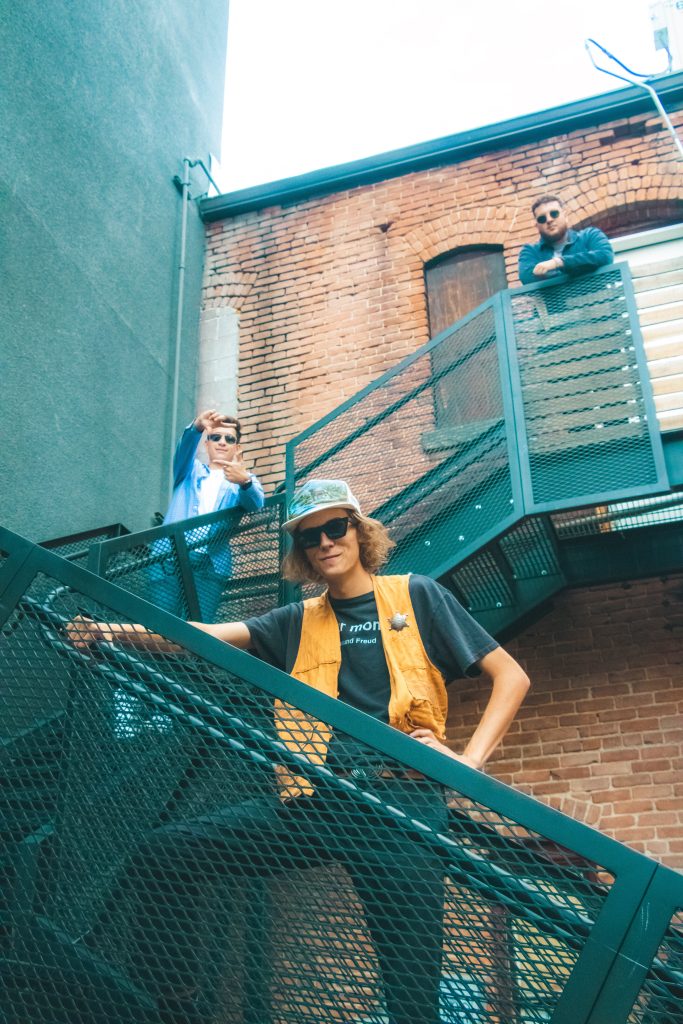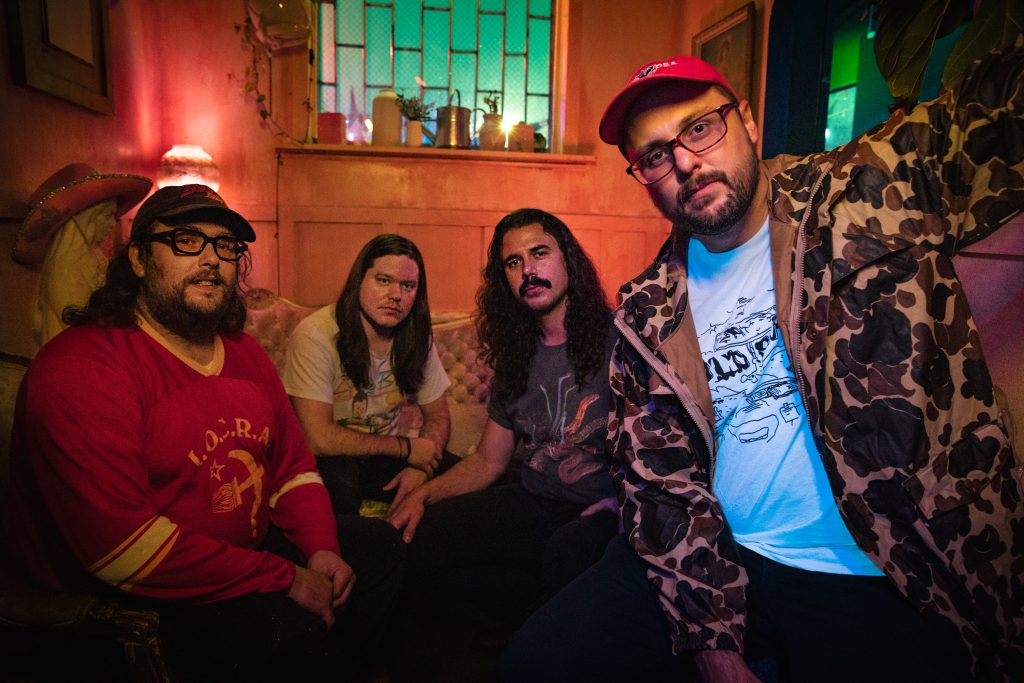
Good Looks
Lived Here For A While – Album Bio
Keeled Scales
June 7, 2024
Good Looks write kindhearted and cathartic rock songs about the persistence required to make
it through hard times. In April 2022, the Austin, Texas quartet released their critically acclaimed
debut Bummer Year, which channeled post-2016 frustrations into lyrically generous and biting
tracks. Immediately after their triumphant hometown record release show, tragedy struck.
Walking outside the venue, lead guitarist Jake Ames was hit by a car crossing the street,
fracturing his skull and tailbone. Following a necessary period of healing and processing which
found him in the ICU and dealing with short-term memory issues, Ames recovered. The
traumatic accident strengthened their bond, which is evident on their electric new album Lived
Here For A While. Out June 7 via Keeled Scales, it’s fearlessly direct music that captures the
full-throated intensity of their galvanizing live show.
Though frontman Tyler Jordan had already written the 10 urgent songs on this album before the
accident, they weren’t recorded yet. Following the excitement of the release show, Ames’
horrific injury was a devastating blow and made the band’s future uncertain. They canceled the
next few months of touring and were mainly concerned about whether or not their bandmate
would be OK. “We were in the hospital with him every day,” says Jordan. “It wasn’t clear how
bad it was gonna be for Jake. We had no idea how this traumatic brain injury would affect him
until the swelling went down. We even wondered if we’d ever play music together again.” Ames
was initially hospitalized for nearly a week. While he had difficulty speaking conversationally
upon his release, he quickly realized he could still play guitar and sing almost perfectly.
The one date Good Looks tentatively kept on their calendar was a June stop at the Kerrville
Folk Festival in Central Texas, where Jordan and Ames had first met. Their friendship is
inseparable from this place as they’d bond over music and trade songs alongside writers like
Big Thief’s Adrianne Lenker and Buck Meek. Ames, now on a strict rest schedule, wasn’t even
allowed to play amplified electric guitar due to his doctors’ concerns that loud noises would
negatively affect his healing. However, each day marked a new milestone in his recovery. Soon,
he was cleared to play that gig. It went splendidly. “That festival is so important to Jake and I,”
says Jordan. “We’ve spent a lot of years and time out there so being back after everything felt
surreal. I don’t know if we’ve ever played a show that was more joyful than that one.”
The following month, Good Looks tracked Lived Here For A While at Texas’ Dandy Sounds with
producer/engineer Dan Duszynski (of Loma and Cross Record). “It felt wild to be in there and
recording after everything,” says Jordan. “Jake’s accident made us all more grateful to be
there.” Though Ames had to relearn some of his parts, his palpably energetic performances
elevated the entire record. On the LP, the band trades the Americana sound that colored in the
lines of Bummer Year for clanging post-punk guitars and expansive indie rock. “Self-Destructor”
boasts a screeching yet danceable lead from Ames, the physicality and fervency of the full
band’s performance is palpable. On the single “Can You See Me Tonight?,” Ames’ riff is just as
infectious as Jordan’s searching chorus.
Lyrically, the songs on this album are healing meditations on family dysfunction, new
relationships, and how a home can become unrecognizable. “I went through a breakup in early
2020,” says Jordan. “Writing felt really free. This is the most open that I’ve ever been.” However,
the single “If It’s Gone” is the only track explicitly about heartbreak, which boasts a tangible
grace that softens any bitterness. On the soaring track, Jordan sings, “I hope you find true love,
and money, many orgasms and fame / And if you’re somehow still unhappy find somebody else
to blame.” It subverts the angrier tropes of the genre.
Jordan’s primary focus on Lived Here For A While is dissecting relationships of all kinds:
familial, platonic, creative, and romantic. His songs explore how they can crumble irrevocably
but also how those partnerships can be centering, hopeful, and exciting. Songs like “Vaughn”
explore the possibility of Jordan’s new romance with an ebullient groove and an ecstatic chorus
where he sings, “Not every single lover has gotta be a sad song / In a year when everything was
going wrong / I’m so glad that I met you, Vaughn.” The newfound stability in Jordan’s life colors
the songs throughout. “I’ve been going to therapy for 10 years,” says Jordan. “I used to think
that I was destined to be in hard relationships because of the trauma that I had as a kid. I was
working through all this stuff and realized I was ready to finally be in a healthy relationship.”
These songs exude the many charms of this Texas band and they debuted several of these cuts
on tours with the full band, which includes original drummer Phil Dunne and new bassist
Harrison Anderson. However, Ames’ accident wasn’t the only horrific event that plagued the
band. In July 2023, on the first day of a south and Midwestern run, their tour van was
rear-ended by a speeding car, causing an accident on the highway that culminated with their
van, alongside their instruments, merch, and records, becoming engulfed in flames. Thankfully,
none of the band members suffered serious injuries. Two days later, Jordan continued out the
tour solo with the band joining him a few days later to finish the run. This resilience is essential
to Good Looks and why the songs on Lived Here For A While resonate so profoundly.
“Driving to those shows immediately after the crash, I had a lot of time to think and process
everything,” says Jordan. “And honestly, what better way to heal than to see people that you
love, play music and do what you were put on this earth to do.”

Isabeau Waia’u Walker
Bright gloom, a single duality of the many that define Isabeau Waia’u Walker. Songs that are soothing and soft while powerful, accessible while complex, sweet but aching. The tension of the contradiction that she holds nest in her core and reverberates through the layers of her product: storytelling, collaboration, presentation, music.
Culture, race, and language surface in her work; half a life in her native Hawaii, the second in Oregon. For over a decade of being a high school teacher, she made music, slowly amassing an impressive YouTube subscribership.
She orchestrated an early retirement from education to redirect attention to music, allowing her to tour as a member of Y La Bamba and to record her EP, Better Metric. “Woman,” a track off the EP, making OPB music’s Oregon’s top songs of 2020.
The couple years have been spent recording and preparing for the release of her full length album, Body, recording at The Center for Sound, Light and Color Therapy with bandmate and producer, Ryan Oxford. Body is now out and available wherever you listen to music.

Captain Snafu
Captain Snafu is a Boise based rock n roll band that consists of members Noble Holt, Jadon Webb, and Aaron Contreras who share a passion for creating eclectic and personal music. They’ve spent the better part of 8 years exploring the northwest with their music, which draws from a mix of influences, including alternative rock, folk, and rhythm and blues. They yearn for music’s return to the traveling snake oil magic of old, but above all Captain SNAFU loves the world!



